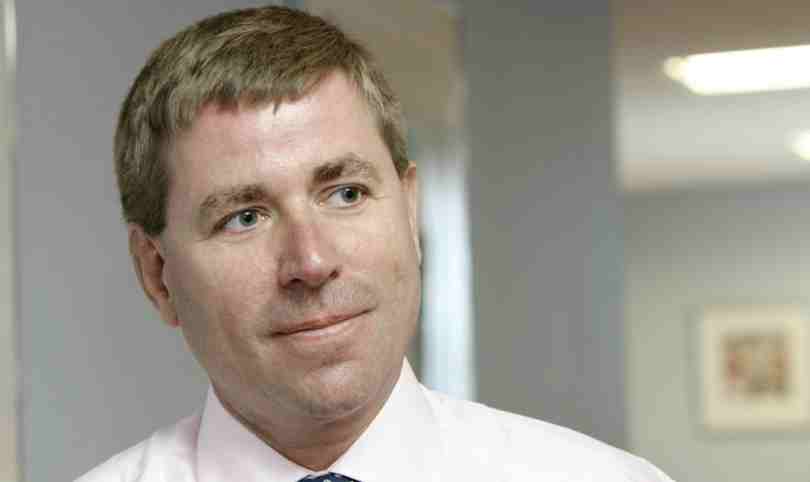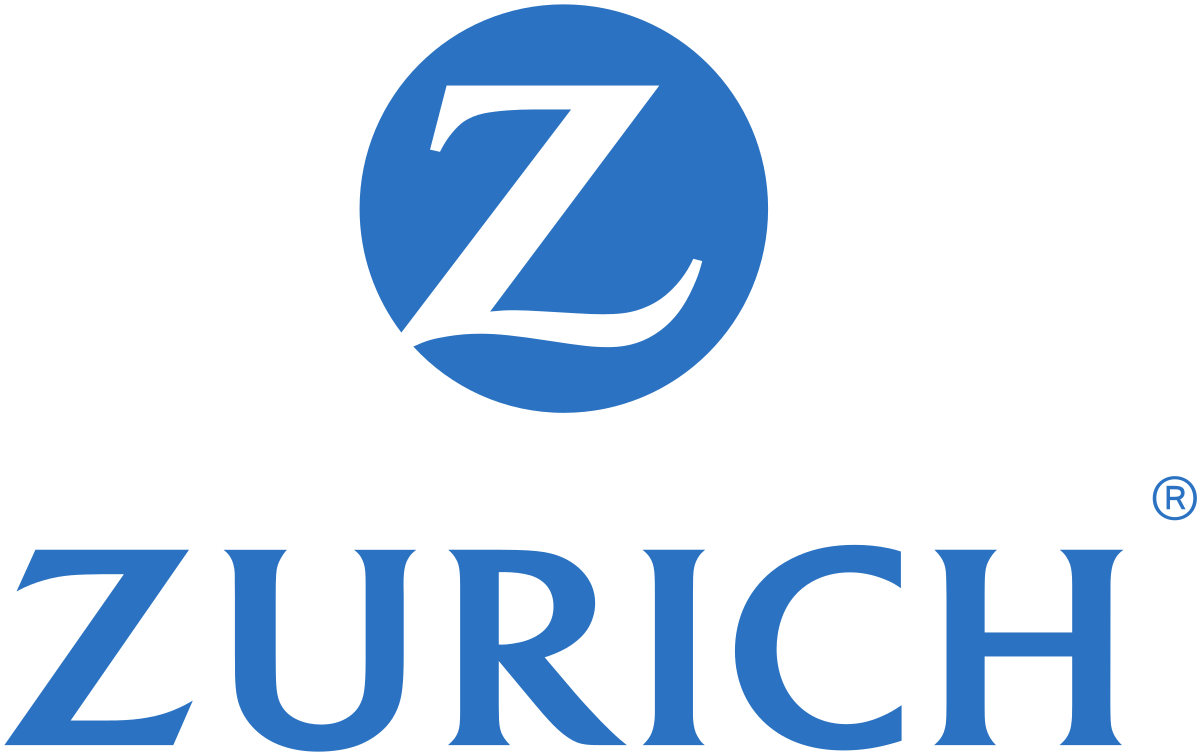Quantitative Easing has helped drive down interest rates on new bond issuance and some bond funds have been delivering big gains, writes Chris Sparks
Sovereign bonds used to be where insurance companies put their cash for a steady return to balance out riskier equity investments. In the Quantitative Easing era, sovereign debt has become a lot more volatile, and some bond funds have been delivering impressive gains.
A sovereign bond pays a fixed interest rate cash payment to investors at regular intervals. The interest rate is set when the bond is issued and never changes. So, if a 10-year bond costing €100 was priced at 3% per annum when it was issued five years ago, that 3% will be paid until the bond matures in 2024.
That level of yield is very attractive when QE drives down interest rates on new bond issuance. In July, the NTMA sold €600m worth of Irish 10-year sovereign bonds carrying an annual interest coupon of 1.1%. Such was the demand that the pricing drove the initial yield down to 0.136%. That happens when bond buyers pay above the list price for the bond being issued.
Richard Temperley (pictured), Head of Investment Development at Zurich Life, notes that bond prices stayed buoyant over the summer. The German 10-year bond yield moved from minus 0.33% to minus 0.44% through July, and the market expects Eurozone rates to be cut by 0.1% from their current level of minus 0.40% at the end of Q3 or the start of Q4.
Zurich’s Long Bond Fund, which has €65m under management, was showing a pre-charges 1-year of 13.4% at the end of July and the 15-year annualised pre-charges return now stands at 6.6%.
The Indexed Eurozone Long Bonds fund was launched by Friends First in 2013 and is now under the Aviva umbrella. The fund, managed by State Street, provides broad exposure to long-dated debt (over 10 years to maturity) of EMU countries. The fund does well when interest rates are falling and not so well in a rising interest rate environment.
Investor expectations on the short-term path for interest rates are evidenced by the H1 2019 pre-charges appreciation of 23.3% in this fund’s value. The fund managers attributed the gain to markets pricing in interest cuts by dovish central banks. Recent sharp equity market declines have also boosted flows into fixed income assets.
France sovereign debt makes up one-quarter of the fund allocation, and at the end of Q2, France's 10-year bond yield was in negative territory for the first time, due to the price of these bonds going up due to demand.
Green Sale Boost Twin REIT Fund
Fund managers in Zurich Life had a smart idea in May 2014 when they devised a fund made up of just two Irish equities: Green REIT and Hibernia REIT. The Fund of REITs provided non stock market investors with a play on Ireland’s commercial property sector, and the ship came in this year when Green put itself up for sale.
A deal concluded in August saw Henderson Park Capital agree to pay €1.34bn to acquire Green REIT, resulting in 27% appreciation in the Green share price over the past year. As of June, Fund of REITs, which attracted €19m from investors, was showing annual pre-charges gain of 9.0% since launch, and that will have gone up marginally since then as the sale process drove up the Green share price.
Green REIT, founded by Stephen Vernon and Pat Gunne, accounted for two-thirds of the Zurich REIT fund, so what to do now? The Hibernia REIT share topped out about two years ago, though the Henderson Park deal is a reminder that overseas capital still sees value in Ireland’s inflated office market.
The Green REIT portfolio comprises 87% offices, 9% logistics and 4% mixed use. Contracted annual rent in June 2019 was €83m, compared with €76m six months earlier. The company is seeking planning permission for 510,000 square feet of new office space over three new blocks at Central Park in Sandyford.








